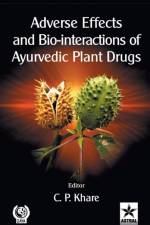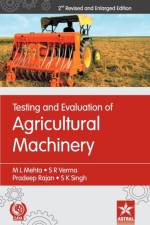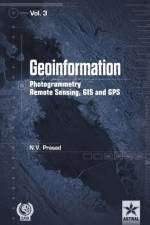av Amit Baran Sharangi
1 331
The book "Encyclopaedia of Horticulture and Allied Terms" is a humble attempt to bring all the important and related terms togeter and to define each term with utmost care, accuracy and completeness to provide a rational understanding which is readily accessible for the students, teachers, amateur gardeners, corporate sectors, and all professionals associated with Horticulture. The book includes the broad and diverse areas of Agriculture, Horticulture, Botany, Plant Pathology, Entomology, Genetic Engineering, Soil science, Chemistry, Farm management, Economics, Sociology, Statistics, Medicine, Agricultural Engineering, Agrometorology, etc in general and Pomology, Olericulture, Spices, Tea, Coffee, Rose, Wine, Post Harvest Technology, Processing, Bonsai, Flower arrangement, Pollen/Spore, Pesticides, Manures/Fertilizers, Natural/Synthetic chemicals, Instruments/ Implements/ Tools, Quality management, Water, etc in particular.






























